*This article is a reprint from the autocarweekly WeChat account
Author: Number Seven – Song
Safety airbags are both secretive and magnificent, as they are hidden from our sight and can emerge instantly to effectively mitigate the tremendous impact force with the principles of Tai Chi martial arts.
In the automobile industry, there are more than one master with such skills. Based on their location, airbags are classified into the main and co-driver airbags, side airbags, side curtain airbags, knee airbags, and there are even seatbelt airbags, pedestrian protection airbags, and roof airbags.
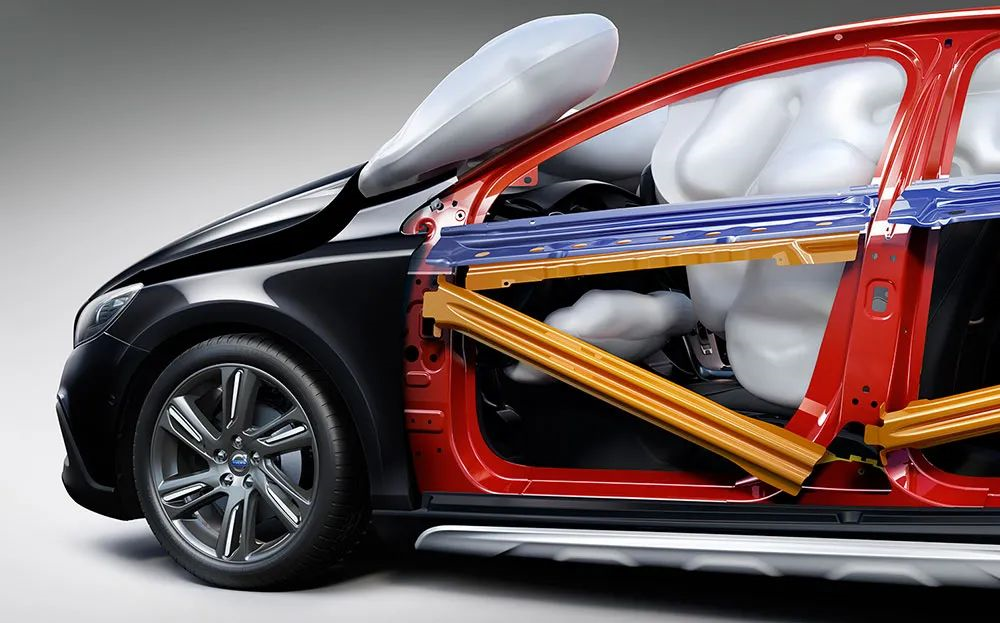
Among these airbags, the production rates for pedestrian protection airbags and roof airbags are extremely low due to various factors. Gasbag-type airbags for preventing vehicle roofs from crashing down are only equipped in Citroen C4 Cactus. Strangely enough, the pedestrian protection airbags, which are similarly low in production rate in models such as Volvo V40 and Subaru Legacy Outback, have received considerable attention and praise. Why hasn’t the roof airbag received this amount of exposure? Could it still undergo further evolution in the future?
Is the roof airbag useful? Why is the coverage low?
The design of the roof airbag is aimed to prevent passengers from being injured by the roof of the vehicle in the event of a collision. It performs two functions:
Scenario 1: When a rear passenger is not wearing a seatbelt, they may be thrown out of their seat and collide with the roof of the vehicle in a serious collision.
Scenario 2: When the vehicle rolls over, passengers in both the front and rear may hit the roof.


In terms of its protective function, the roof airbag is undoubtedly outstanding, as it can effectively protect vulnerable parts such as the head and neck of occupants, preventing severe brain trauma and neck fractures.
For panoramic sunroof models, it can also effectively prevent passengers from being thrown out of the roof of the vehicle. According to a survey by IIHS (the Insurance Institute for Highway Safety), from 2000 to 2015, 17% of the 13,700 serious traffic accidents that occurred in the United States involved occupants being thrown out of the vehicle through the sunroof. Therefore, the roof airbag can greatly reduce related hazards.
The following experiment vividly demonstrates the effectiveness of the roof airbag; on the left side of the image, the passenger was thrown out of the sunroof, which is extremely dangerous.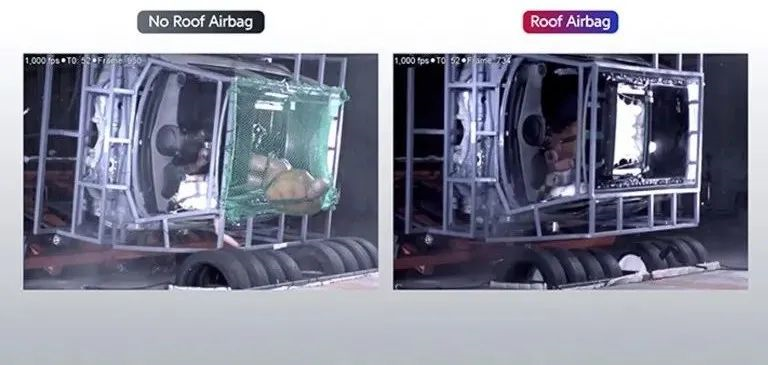
Since roof airbags are so good, why aren’t they more popular? There are several reasons:
1. Roof airbags are expensive.
Using a residential security comparison, it’s like hiring a lot of security guards to protect everyone’s safety in the past, while now it’s through a camera monitoring system. Although the initial investment of the camera monitoring system is also high, the benefit is that “there is no need to pay high salaries every month (airbags cannot be retrieved after they are detonated and new airbags need to be purchased)”.
If it weren’t for Volvo’s emphasis on safety, the exposure of pedestrian protection airbags would not be so good. Nowadays, even Volvo has decided to abandon pedestrian protection airbags and instead reduce pedestrian injuries through active safety technology.
2. Installation is cumbersome and space-constrained.
Taking the roof airbag developed by Mobis, a subsidiary of Hyundai-Kia Automotive, in cooperation with INALFA, a professional sunroof system manufacturer, as an example, this airbag is designed at the rear of the roof. Its expansion is guided by steel wires arranged around the sunroof.
This structure is much more complex than other airbags, even with side airbags, there is no need for wire-guided devices.
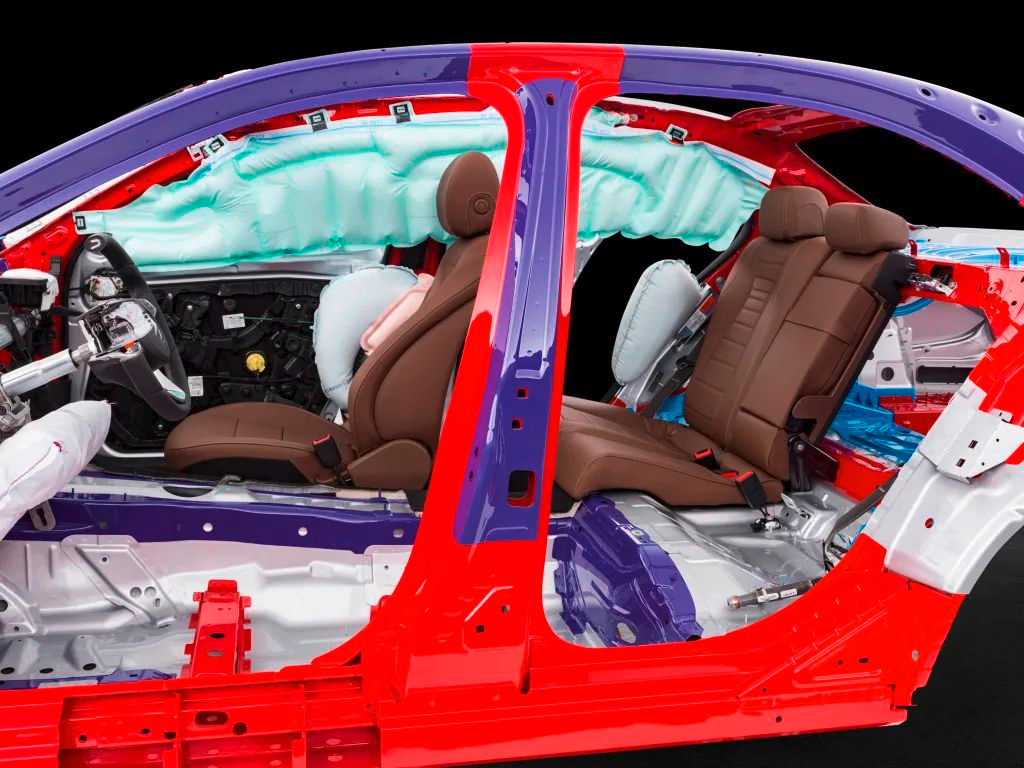
3. Without government regulations and safety testing agencies pushing, manufacturer enthusiasm is not high.
In fact, the ability of most safety components to go on a large scale has a lot to do with government regulations and safety testing agencies. For example, before the IIHS included side-impact collisions in its assessment, the configuration rate of side airbags and curtains was not high.
The result is that only one of the first five models tested was rated “A”, with the rest all “P”. For example, the test result of the Toyota Corolla (2003 model) shown in the figure below, the driver’s head was directly against the car window glass (side curtain airbag can provide protection), and the driver’s pelvis intrusion was also large (side airbag can provide this protection).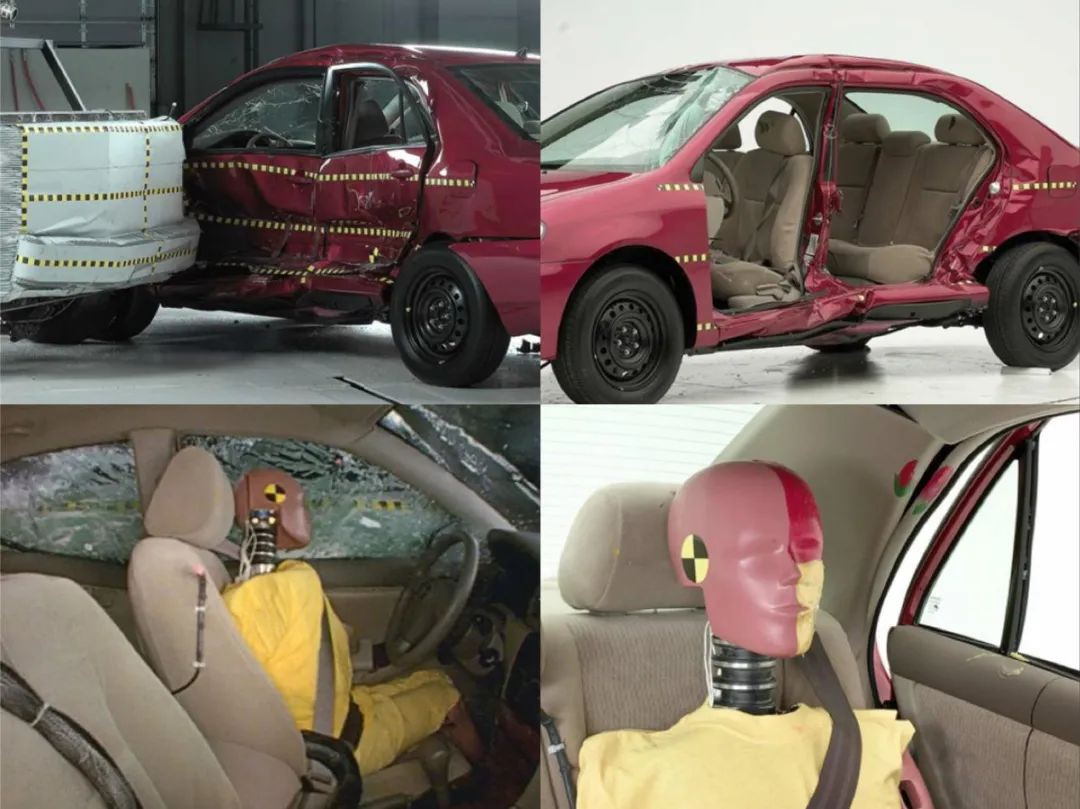
In short, the last wave of the roof airbag safety trend was aimed at improving safety. However, it failed to generate widespread attention and interest, and with the advancement of various types of active and passive safety technologies, its importance has diminished.
Does this mean that roof airbags will disappear? Not necessarily, because a new wave of roof airbag safety trends has emerged now.
The New Trend of Roof Airbag Safety is Linked to Autonomous Driving
Some may ask, “How can roof airbags be related to autonomous driving when they seem to be entirely different directions?”
That’s because there is a bridge between the two – the steering wheel.
The driver’s airbag is placed inside the steering wheel, while autonomous driving is aimed at eliminating the steering wheel.

For example, at last year’s Guangzhou Auto Show, Guangqi unveiled the MOCA concept car, which has a slot in the middle of the steering wheel that can be used to secure a mobile phone. The phone can be connected to the car’s computer and display driving information.

This year’s Audi Skysphere concept car, which was showcased at the Guangzhou Auto Show, introduced another concept. In Grand Touring mode, the steering wheel and pedals are hidden, and the car completes the driving task on its own.

In any case, from the design of these concept cars, it can be seen that airbags for the driver will need to be relocated as vehicles without steering wheels, or steering wheels that are hidden or transformable in the future.
Several years ago, a new design philosophy emerged, which involved fitting the airbag housing to the top of the windshield. When a frontal collision occurs, the airbag can be deployed along the windshield to provide protection for passengers.
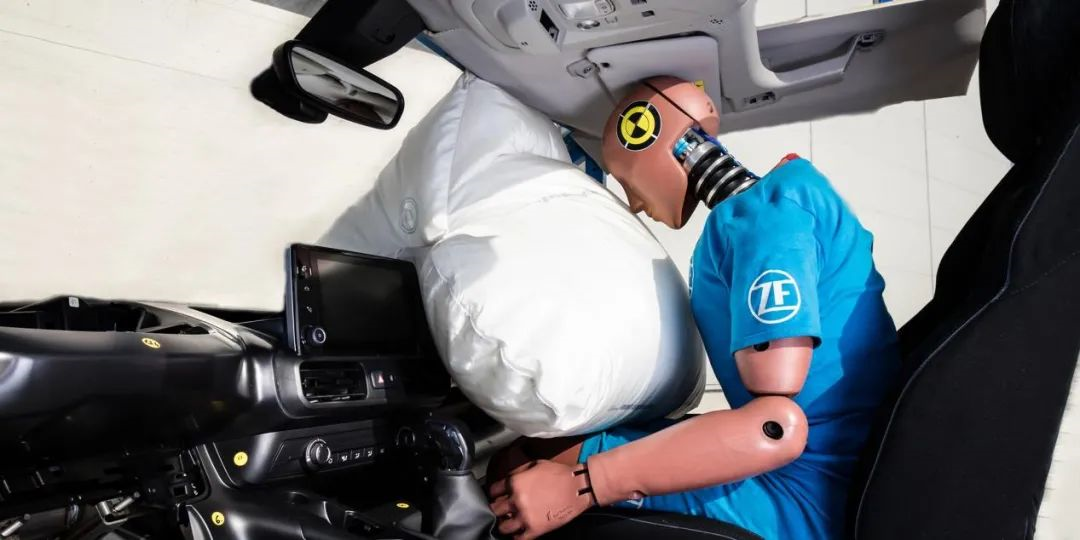 The working process of the roof airbag of ZF car is shown in the figure below. As can be seen, a tubular hybrid gas generator similar to the side air curtain is used in this airbag, which has the advantage of not taking up space and being suitable for hiding in the roof. Moreover, the inflation volume of this gas generator can be larger, which can ensure that the new type of airbag can be smoothly deployed.
The working process of the roof airbag of ZF car is shown in the figure below. As can be seen, a tubular hybrid gas generator similar to the side air curtain is used in this airbag, which has the advantage of not taking up space and being suitable for hiding in the roof. Moreover, the inflation volume of this gas generator can be larger, which can ensure that the new type of airbag can be smoothly deployed.


However, the size of this airbag is obviously larger than that of the traditional driver-side steering wheel airbag, indicating that the cost is also higher. In addition, traditional roofs are integral, and we know that after the airbag is deployed, it will unfold along the weakening line of the airbag cover plate, and the entire cover plate will be destroyed as well. Therefore, if the roof airbag is used, the roof also needs to be designed in such a way as to avoid the awkwardness of having to replace the entire piece when one piece is damaged.
Of course, these are all design details. I believe with the increasing level of autonomous driving, someday, when traditional steering wheels are really eliminated, the roof will definitely be the first choice for airbag installation.
Summary
What is a roof airbag? As the name suggests, it is an airbag installed on the roof, which can be divided into two types: 1. Airbags for adding roof protection. 2. Airbags to replace those installed on the steering wheel.
Currently, in automobile safety campaigns, manufacturers often like to use the concept of “all-around safety protection”. But if you look closely, you will find that the roof has always been a weak link and has almost no safety protection. However, due to high costs, complex structures, lack of regulatory promotion, etc., it has not yet been mass-produced. As for the second type of roof airbag, I believe it will be well-known as the level of autonomous driving improves.
This article is a translation by ChatGPT of a Chinese report from 42HOW. If you have any questions about it, please email bd@42how.com.